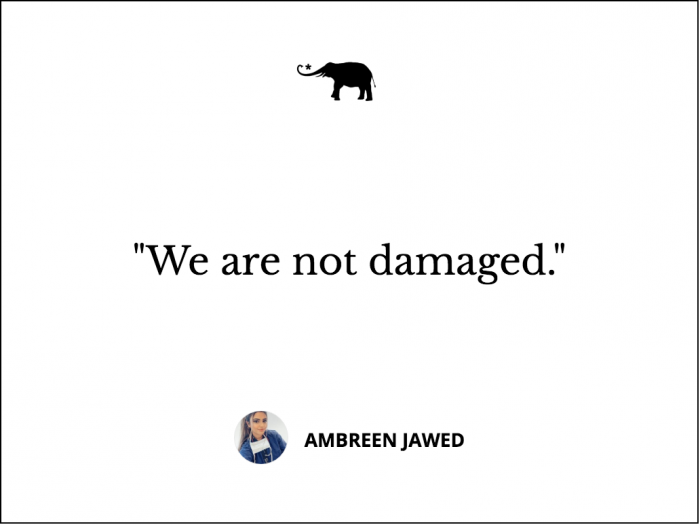View this post on Instagram
We often find that when we are triggered and locked in our trauma responses, we are unable to form and maintain true intimacy with our loved ones.
We become locked into our narrative and expect a certain “bad” outcome. All logic of the actual situation may go out the window, and we are left stuck in a reactive state, which can be emotionally draining for everyone.
Why do we get locked into this reactive state and why is it so hard to snap out of it?
This isn’t due to a defect in our personality. It is largely due to a conditioned response from the poor vagal tone and a higher sensitivity to perceived threats that lead to an overdrive of the body’s stress response. This plays out as reduced emotional and attentional regulation.
The vagus nerve originates from the Latin term “wandering,” which perfectly encapsulates the pathway of the nerve that wanders from the brain into the neck and innervates the main organs in the chest and abdomen.
The response we get when stressed, such as tense neck, rapid heart rate, or sweating, is due to perpetual activation of our fight or flight response. The vagus nerve regulates this interplay and is known to calm the body. However, overactivation of this might lead to immobility, dissociation, and digestive issues, otherwise known as the freeze-faint response. Both extremes become a trauma response, and when triggered, we can get locked in the fight or shutdown mode.
The imbalanced regulation of our nervous system is a physiological response that an external event instigates within us, and these events that occur in real time activate traumas that now live within our subconscious minds—be it abuse from domestic violence, racism, or neglect as a child.
The subconscious mind is a place of comfort zone in the brain. It becomes a safe place, and many of our past traumas become locked into our subconscious minds, where we function from an autopilot mode, constantly predicting a similar outcome we may have experienced in the past. These become our habits and behaviours, and we forget to live in the present moment by chronically “knowing what to expect” from present situations (even if it does not exist, we look for it).
Our brains are so incredibly, intricately, and intelligently designed to section these traumas into what is called the homeostatic impulse.
But how can we move away from this physiological response that profoundly changes our ability to adapt in the world?
Becoming conscious is the first step in breaking out of these knee-jerk reactions. The power of the mind to affect the body by mere suggestion should not be underestimated.
If we want to heal, our body expects to get better, and naturally, we begin to release neurochemicals and hormones that support this. This is the power of the conscious. As we become more aware and present, we can pause and witness our own thoughts and behaviours for what they really are. In doing so, we formulate more control over them and realise that these emotions and reactions are merely transitory states that can be managed.
We are not damaged. Aside from consciousness, we must also be aware of how our bodies beautifully adapt to their environment, all the time. Because in knowing this, we are able to understand that our bodies are open to healing from mental trauma.
How does my body really adapt?
Our environment hugely impacts our healing power. This is proven even at the genetic level, where expression of our genes is influenced directly by environmental factors. This concept of epigenetics begins very early, right back to the first environment we encountered—our mother’s wombs—where the fluid that surrounds us directly affects our gene expression.
Another proven concept that our brains can reorganise themselves and form new connections is the concept of neuroplasticity. Anything that helps focus our attention to the present moment promotes neuroplasticity, and so those old-wired connections in our subconscious can be unpacked and rewired in to more conscious, healthy behaviours.
The aim of this post is to give hope that biology is on our side when it comes to our healing. Our physiology is on our side, if we want it to be. These chronic trauma pathways we have created can be broken, and we can live truly free from them. Our bodies are open to this, but the active participant in this healing is ourselves.
A small exercise to practice being in the present moment:
The next time you have your plate of food in front of you, try sitting in front of it for a minute. Don’t dig in straight away. Just sit in silence. Don’t distract your mind with prayer or ritual—just be with the food. Feel the unmanageable urge of wanting to demolish your plate. Thoughts on what this food is to us may flow in.
This is a simple tool I am using to shift my acts of compulsiveness to consciousness.
~

 Share on bsky
Share on bsky





Read 1 comment and reply